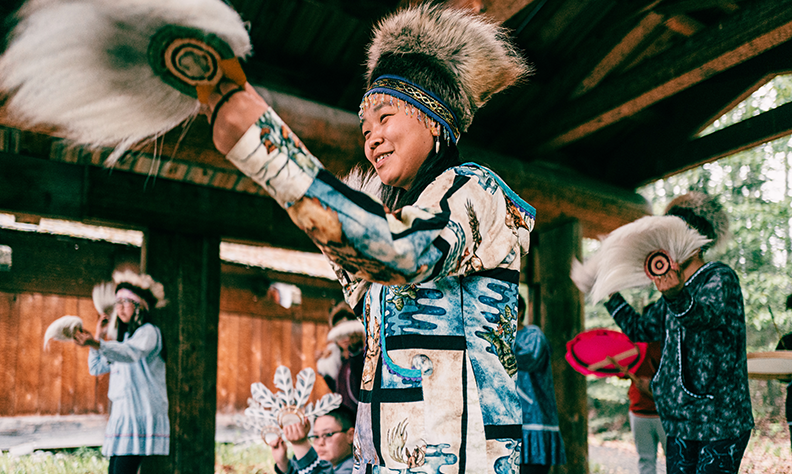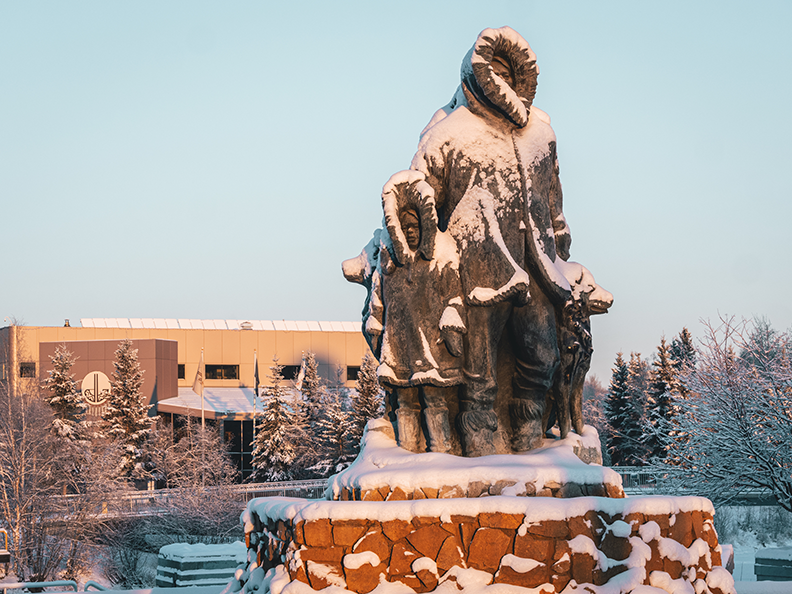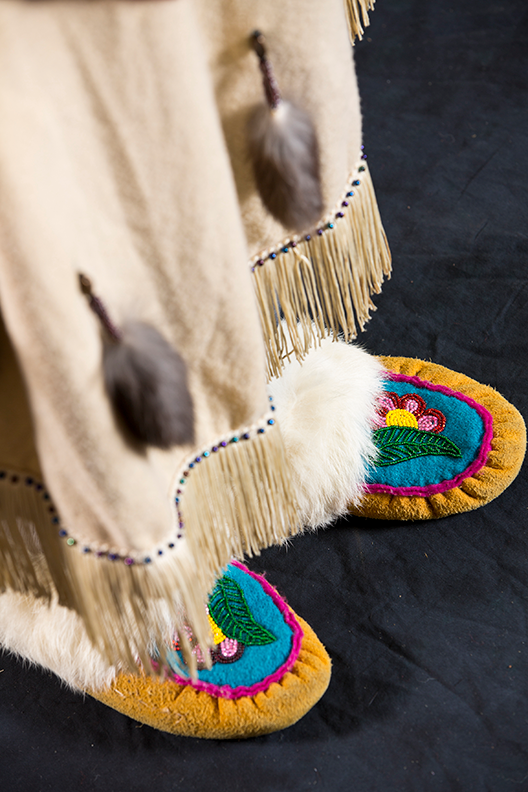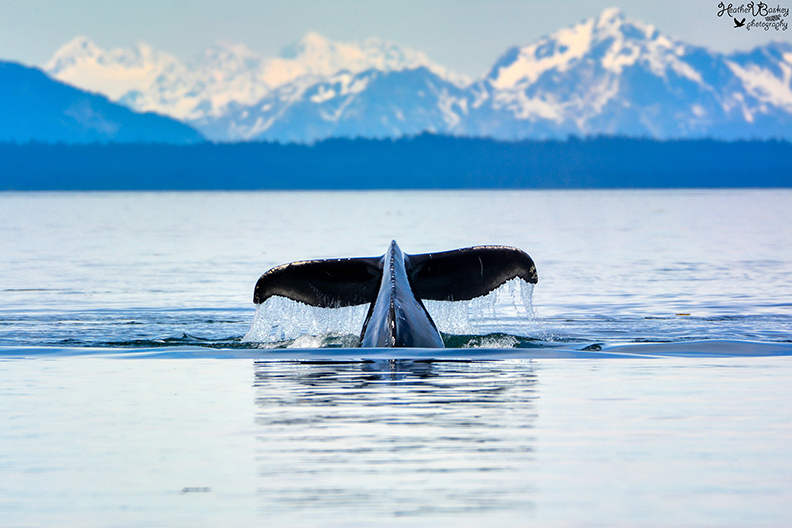Indigenous people are forging a new path in the tourism scene
Cultural tourism is growing in Alaska, from Denali’s peaks in the Athabascan region to the towering forests of Hoonah in Tlingit homelands, with Alaska Native people leading the way.
Alaska’s vast beauty attracts millions of visitors each year, and some may not know they can experience it through an Alaska Native lens that is sure to bring them a rich understanding of the land, people, and history that surrounds them.
Tribal organizations and cultural centers are seeing an increase in visitors who want to gain a deeper understanding of the people and places they are visiting, which makes cultural tourism a growing opportunity across the state.
The idea stems from sharing the authentic history and people of Alaska. A history which began 10,000 years ago with Indigenous peoples. Visitors are able to get a full picture of Alaska’s Indigenous cultures, but the meaning goes beyond education and cultural activities.
For Alaska Native people, cultural tourism can mean the preservation of their ways of life by sharing their own cultures, traditions, knowledge, and stories. It also helps the Alaska Native community to learn more about their culture and history.
Today, there are many ways for you to experience cultural tourism such as walking tours, cruises, whale watching excursions, museums, guided hunting and fishing, and Native artists and storytellers. This story highlights three different Alaska Native organizations have been leaders in cultural tourism.
Alaska Native Heritage Center
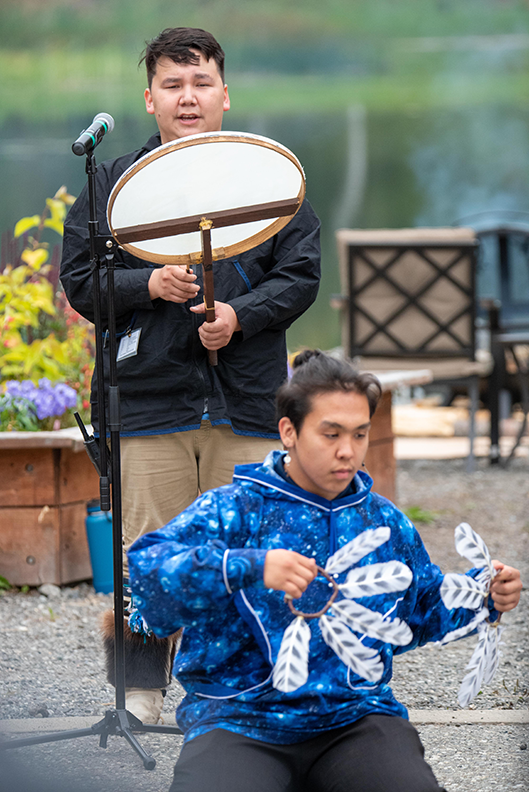
Photo courtesy of ANHC.
At the Alaska Native Heritage Center you can find representation from each distinct Alaska Native region, with exhibits and artifacts in the Hall of Cultures, life-sized traditional housing around Lake Tiulana, Alaska Native dance performances, and Native artists and storytellers.
“At the heart of cultural tourism it’s really a way for Alaska’s first people or other cultural groups to perpetuate their cultures, traditions and ways of life while also sharing that with the world,” said Emily Edenshaw, President and CEO of Alaska Native Heritage Center.
While cultural tourism is a part of ANHC’s mission, the center serves as a museum, educational institution, living cultural center and even has a gift shop.
The Alaska Native Heritage Center was created by a unanimous vote of the Alaska Federation of Natives in 1987, which called for the establishment of a statewide Alaska Native culture center. So, above all, “we’re a place of healing and of community for all Alaska Native people,” said Edenshaw.
The cultural tourism aspect of ANHC lies in a cultural community backbone and embodies the diversity and richness of our state, Edenshaw said. “Alaska Native people are the fabric of our state, our cultures are woven in, we’ve been here for thousands of years and when people come to Alaska we want them to have an indigenous experience because Alaska always has been and always will be a Native place.”
Edenshaw says there is also a responsibility for people to learn the history of the places where they visit and live and to know who the first peoples are.
Education is a major part of cultural tourism. At ANHC, education means growing people’s understanding of Alaska Native people, cultures, and traditions while telling their own stories which leads to greater appreciation and visibility.
Two Native Corporations Join Forces
Connections, culture, and care for the land – this is the future of tourism in Alaska.
Our communities are as unique as our landscapes, yet our cultures and history are woven together like a cedar basket.
In early 2022, two Alaska Native Corporations joined forces – with Doyon Ltd. from the Interior and Huna Totem Village Corporation from Southeast – to form a company called Na-Dena’ that is expanding sustainable and cultural tourism in the state.
“Na-Dena’ is bringing a holistic approach to statewide sustainable tourism throughout Alaska, connecting the modern day traveler with historic traditions, and really celebrating our lands, our people, and our cultures,” said Cheyenna Kuplack, public relations specialist at Doyon.
Both corporations have tourism businesses that see millions of visitors each year. Doyon operates visitor shuttle buses and Kantishna Roadhouse in Denali National Park and Huna Totem owns and operates Icy Strait Point located on Chichagof Island west of Juneau.
Icy Strait Point is a globally-recognized cruise ship destination in the Tlingit community of Hoonah. It has docks, gondolas, and recreational activities, for visitors while they learn about Tlingit culture.
Doyon and Huna Totem’s partnership is unique because their people’s connection runs thousands of years deep. The partnership celebrates their lands, including the Xúna Kaawu which is now known as Glacier Bay and in Alaska’s Interior the strength of the Yukon River and Brooks Range. These two regions engaged in an abundance of trade especially foods, crafts, dentalium, and goods. The trade routes connected the Athabascan and Tlingit people, even influencing each other’s language, colors, and the stories passed down today.
Celebrating the lands and heritage from which they come from will be at the forefront of Na-Dena’. They will lean on the Native Corporations’ values of sustainability, and their goal is to provide balance to over-utilized areas of the tourism industry.
Eco-Tourism & Cultural Perpetuation
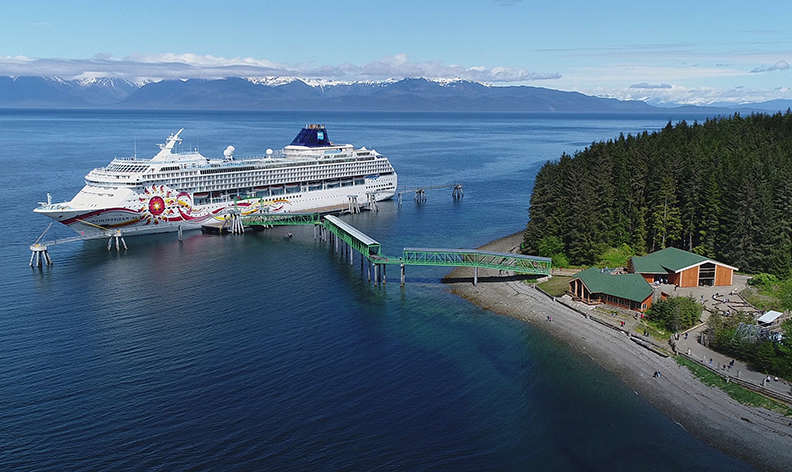
As Na-Dena’ explores opportunities for growth in transportation, lodging, and tour development in Alaska, sustainability will be a core value for the partnership. “We really rely on elders and traditions as we develop tourism based products,” said Mickey Richardson, director of marketing for Huna Totem Corporation.
These values came to fruition as Huna Totem built Alaska’s first two high-speed gondola systems, eliminating the need for bus transportation. Icy Strait Point also recently introduced a second ship dock at its cruise port to reduce overcrowding in their community of 700 people.
Culture is an integral part of their product development, so when you enter the community of Hoonah you know it’s a Native place. This could be through a whale watching tour where they share the story and history of Tlingit people, a cooking class that shares traditional methods of preparing salmon and halibut, or dance performances.
The meaning of Na-Dena’ comes from both Athabascan and Tlingit languages. In Tlinit “naa” and Athabascan “dene”, both mean people or tribe.
Community members and youth are able to wear their regalia and symbols of their house, which brings great pride, Richardson said. The same is true for Doyon as well; it brings a sense of pride when they are able to share their culture and history.
Being able to share their dances and stories with visitors allows space for Tlingit youth to learn about their culture and even bring some of their dances back.
“They’re really proud of what they’ve been able to accomplish… like dance and food preparation and maybe elements that have been lost, or not even practiced in a very long time to now historically start coming back into our community of Hoonah,” said Richardson.
The Na-Dena’ partnership hopes to see a robust return to sustainable tourism this year, with their first acquisition being Alaska Independent Coach Tours LLC.
Through this acquisition, they will start telling the story of Alaska’s first people so visitors can begin their journey with an understanding that Alaska is an Indigenous place.

